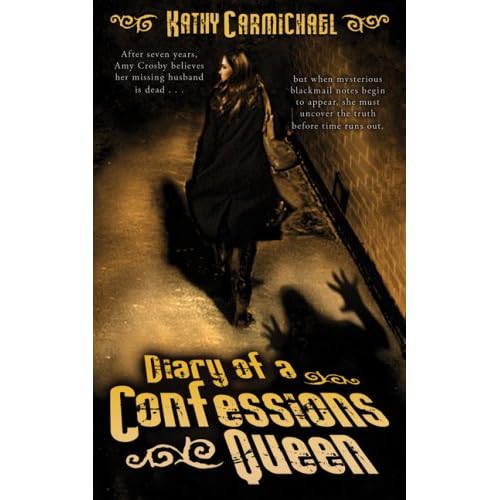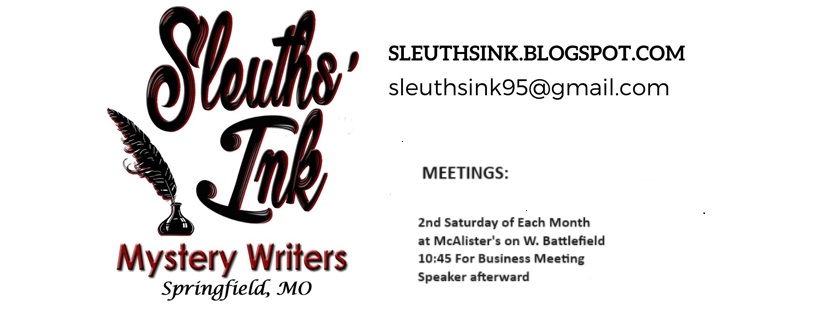
Since the advent of digital querying, the game has changed drastically. However, some things never change. Particularly what the editor or agent is looking for hasn’t changed at all – simply how you go about pitching the material has changed.
It used to be that the majority of agents and editors only wanted snail mailed queries. Over the past few years this has shifted and the majority of agents want emailed queries. It makes it very easy for the author to fire off a query – but the same amount of time spent on the traditional query letter should still be spend on the query email. Not all editors want to hear from authors through email and it’s important to adhere to published guidelines as to what they want and how they want to receive it. Some publishing houses have even set up online forms for querying. Look at the guidelines for Avon Books by clicking here.
Below you will find my article on writing the query letter.
My expertise in is the fiction realm, but there are many excellent articles on non-fiction. Below I’ve included links to some you will want to consult.
http://www.writing-world.com/publish/bookprop2.shtml
http://literary-agents.suite101.com/article.cfm/how_to_pitch_nonfiction_book_ideas_to_agents
http://www.writecontent.com/Publishing_Tools/Author_Book_Proposal/author_book_proposal.html
For fiction queries, the first thing you will need to create is the pitch or blurb. Generally this is a one to two sentence encapsulation of what your book is about. There are many methods for creating excellent pitch statements, but the main things I think you need to get across are very simple.
Who is the book about?
What does this character want?
Why does he want it?
Why can’t he have it?
No matter the version of pitch creation you use, these main questions are always answered. The reason is the editor or agent wants to see if your story is unique or captivating in some way. They want to see the conflict because emotion stems from the conflict (and that’s why reader’s read).
Below is a link to my workshop on writing the pitch as well as my online pitch generator. It’s important to read the article before trying the pitch generator, because the sentence you create through the generator needs to be tweaked with the information in the article. Click here for the pitch workshop. Click here for my pitch generator.
Here is an excellent article on pitching at Writers Digest.
Once you create this pitch, you will likely use it both before you sell the book, for elevator pitches, query letters, and in your synopsis, but likely also after you have sold the book (for your marketing materials). You’ll be glad you took the time to write the best blurb possible!
I’m more than happy to answer any questions you have! – KC
~~~~~ *** ~~~~~
Query Letter Basics
by Kathy Carmichael
A rite of passage as a novelist is trying to interest an editor or literary agent in your book. The first step in approaching an editor or agent is usually the query letter. Editors and agents receive hundreds of manuscripts each week. They ask authors to query in an attempt to manage the material that arrives on their desks. They want to receive the kinds of books they publish and that will interest their readership.
By using the following tips, you will increase your chances of an editor or agent asking to read your partial or complete manuscript.
1. You need to include the blurb or pitch on your book. What are the hooks? What will make a reader want to read your book?
2. Include your publication experience. If you haven't yet sold a book, have you had articles published? Short stories? Have you won writing contests? If you have published, have you been honored in any way (awards, contests, bestseller lists)?
3. If you belong to any writing organizations, include them.
4. Optional: What makes you the authority for writing this book or type of book? For instance, if you're an attorney and writing about a fictional attorney detective, that would have meaning to the publisher. If your work experience does not add credibility to your writing, then it's probably best to omit it. For instance, if you're an accountant and writing science fiction that doesn't have an accountant protagonist, then there's no need to mention your day job.
5. Offer to revise if the story is close. Editors prefer to work with authors who are easy to work with.
6. Be sure to include your name, address, phone, and, if this is snail mail, send an SASE.
7. If this is snail mail, you might wish to include a 1-2 page synopsis, but no longer than that unless the editor has requested it. For electronic submissions, include only what the editor or agent has requested. It’s very important to adhere to their guidelines because some publishing professionals will reject your submission based on that.
8. Try to keep your query letter to only one page in length. If you are sending this by snail mail, your query letter would be one page plus the 1-2 page synopsis.
9. Include any built-in audience (like a newspaper column or web blog or website with a big readership), marketing hooks, tips, information about your target audience if non-fiction. Editors and agents like to see that you have the potential to sell a number of books to an audience you already have.
10. Do not include cutesy stuff! No negativity. Don't tell the editor that your book received rejections from 50 other publishers. Don't tell her your book doesn't fit her guidelines (if it doesn't fit their guidelines as to what they publish, then do not send it there!). Don't offer a bribe or threaten him. Don't send your query on cutesy letterhead or weird paper. This is a business, so treat your query like a business letter. Your query can be written in your personal voice and style, and it doesn't have to be dry. Shoot for professional.
Possible format for a query letter:
Paragraph One:
Your pitch
Paragraph Two:
About you. (Depending on how your background ties to your book, this might take 2 paragraphs)
Paragraph Three (Optional):
Your closing (where you can mention offering to revise or possible target audiences etc)
Paragraph Four (Optional):
If you included a synopsis, this is where you mention it.
Thank the agent for her/his time.
Also mention that you look forward to hearing from her/him.
Example:
Dear (Mr. or Ms.) (Editor/Agent's Last Name):
A CATCHER IN THE CORN is a story about a female CIA agent who infiltrates an organized crime ring in Omaha, Nebraska, and must learn who the leader is before he destroys all the cornfields in the Midwest. Is it possible that the leader is none other than the teen baseball whiz who escorted her to the high school prom?
I've published several short stories and my web blog has a larger readership. I belong to a local writers group, Name of Group, as well as regularly attending a regional writing conference, Name of Conference. I was drawn to write this book because my five-year career as a CIA agent gives me an insider's view into how an undercover agent operates.
Enclosed you will find a two-page synopsis of the book as well as a self-addressed postage-paid enveloped. Thank you for your time and consideration. I'm really looking forward to hearing from you and learning what you think!
Sincerely,
Your Name
In addition to the above tips, your obvious enthusiasm for your story can evoke a similar response. Always remember, you can't sell books you don't submit. Querying is the first step in the journey to publication!
~~~~~ *** ~~~~~
Award-winning author, Kathy Carmichael, writes mysteries, women's fiction and romance. Her 2009 release, HOT FLASH, was named by the American Library Association's BOOKLIST as one of the Top 10 Romance Fiction titles for 2009. Her latest release (and her first mystery novel), DIARY OF A CONFESSIONS QUEEN, received a starred review from BOOKLIST. In addition her novels, she's sold short stories and wrote a bi-monthly column on the business of writing for a national writing trade magazine. Additionally, Kathy is a contest judge for Writers Digest. For more information about Kathy or to read her other articles on writing, please visit her website at www.KathyCarmichael.com.


